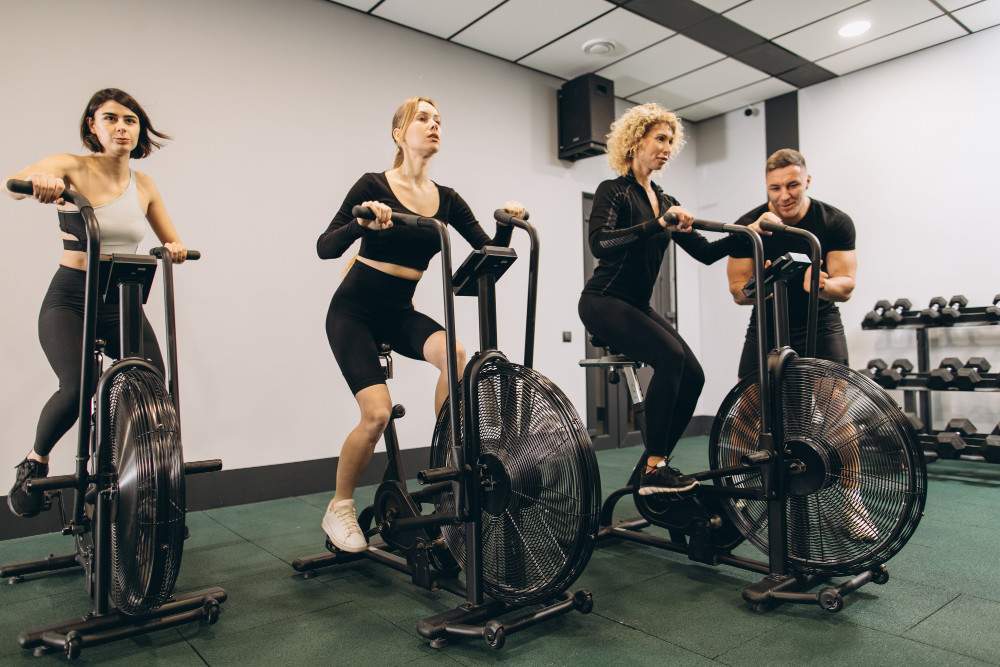The short answer: 45 is not too old to build muscle. With the right training, nutrition, and recovery, people in their 40s, 50s, and beyond can add significant muscle and strength.
What Happens After 40?
Muscle mass naturally declines about 3–8% per decade after 30, and it can accelerate after 40. But that loss is not inevitable. Strength training has been shown to halt and even reverse age-related muscle loss when done consistently.
People in their 40s, 50s, and 60s regularly build muscle following structured programs that balance training stress with recovery.
Can You Build Like Your 20s?
Yes—the muscle-building machinery still works the same. The main difference is recovery. Most over-40 lifters progress best with 48–72 hours between sessions for the same muscle group, versus 24–48 hours for younger trainees.
Train consistently, manage volume, and you can gain muscle at rates comparable to younger adults.
Best Way To Build After 45
Focus on efficient, compound movements and smart recovery. Here’s a simple framework that works.
What Works Best
- Train each muscle group twice per week
- Use loads you can lift for 8–12 controlled reps
- Prioritise perfect form over adding weight
- Allow 48–72 hours recovery before training the same muscles
- Eat 1.6–2.2 g protein per kg of body weight daily
9 Steps To Shed 5-10kg In 6 Weeks
Includes an exercise plan, nutrition plan, and 20+ tips and tricks.
Download FreeHow Much Can You Gain?
Beginners at 45 can add roughly 2–4 kg of muscle in the first year with solid training and nutrition. If you trained in the past, “muscle memory” often accelerates progress when you return.
Nutrition After 45
Protein is critical for repair and growth. Aim for 25–30 g protein per meal and distribute intake across the day.
Easy Protein Picks
- Lean meats like chicken, beef, and fish
- Eggs, Greek yogurt, and other dairy
- Legumes and beans
- Whey or plant-based protein powders (convenience, not mandatory)
Skip “miracle” supplements. Nail the basics: adequate protein, enough calories to fuel training, and plenty of water.
Should You Hire A Trainer?
If you’re new to strength training, a qualified coach accelerates learning and reduces injury risk. In Melbourne, expect $80–$120 per session, with package deals often bringing it to $60–$80.
Start with 4–6 sessions to lock in technique, then move to self-guided training or monthly check-ins.
Recovery & Injury Prevention
Recovery matters more with age—but it’s simple when you focus on the fundamentals.
Recovery Priorities
- Sleep 7–9 hours per night
- Take rest days seriously
- Warm up thoroughly before lifting
- Listen to your body—modify or rest if something hurts
When Will You See Results?
Strength gains show up in 2–3 weeks. Visible muscle changes typically appear by weeks 6–8 with consistent training.
Progress Timeline
- Weeks 1–2: Learn movement patterns
- Weeks 3–4: Noticeable strength increases
- Weeks 6–8: Visible muscle growth
- Months 3–6: Significant size and strength gains
- 12+ months: Advanced progress with steady programming
Common Mistakes At 45+
Avoid These
- Training like you’re 25 (too much, too soon)
- Skipping warm-ups and rushing sets
- Lifting too heavy with poor form
- Under-eating protein
- Comparing yourself to younger lifters
- Inconsistency—missing weeks kills momentum
FAQ: Building Muscle After 45
Is it safe to lift heavy at 45?
Yes—build up gradually, master form, and progress slowly. Heavy is relative to your current strength and technique.
How often should I train?
Aim for 2–3 strength sessions per week for optimal gains and recovery.
Do I need supplements?
No. Prioritise protein-rich whole foods. A basic whey or plant protein is convenient but not essential.
Can women build muscle as effectively?
Yes. Women gain strength and muscle at comparable rates, though typically with less overall size due to hormonal differences.
What if I’ve never lifted before?
Now is a great time to start. Begin with bodyweight and light loads, dial in form, then increase weight steadily.
Bottom Line
You’re not too old at 45—far from it. Train consistently, eat enough protein, and respect recovery. Follow a sensible program for 12+ weeks and you’ll see meaningful muscle and strength gains that carry into later years.

